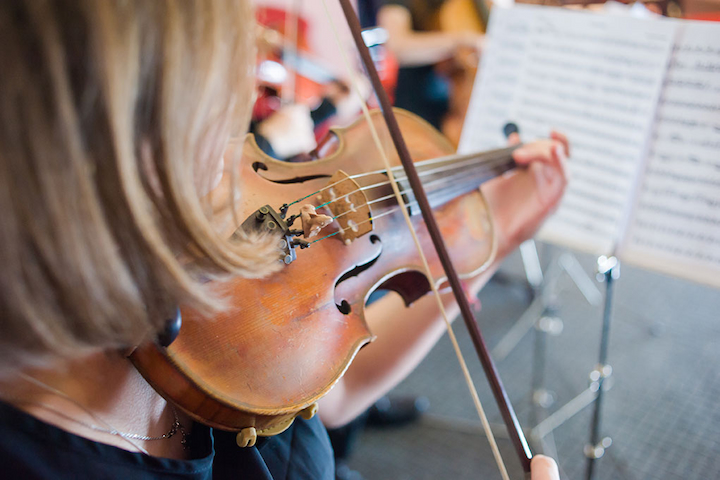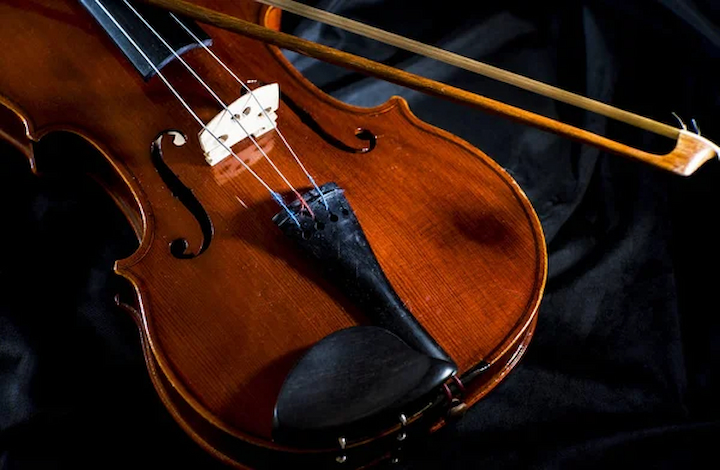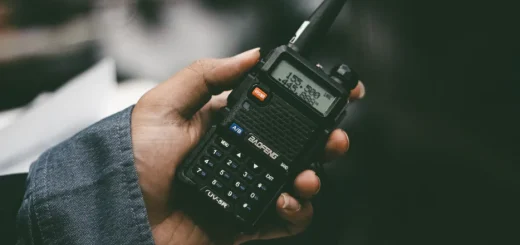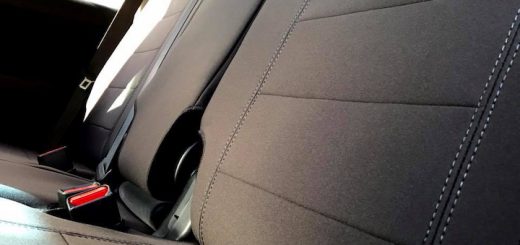AMEB Violin Exam: Tips for Preparing for Exam Day
Any exam can create a sense of anxiety, and the AMEB (Australian Music Examinations Board) is no exception. As a violin student, there are some steps you can take to conquer the fear of the upcoming exam, and it all comes down to making the most of your preparation. This is key to avoiding the headache, stress, and feeling of performing poorly. So, if you want to achieve success and get the prized certificate, it’s advisable to:
Burn the Midnight Oil

Okay, not that you have to study through the night with literally a midnight oil lamp or music stand light, but you should take studying seriously weeks in advance. Getting the informative AMEB violin technical workbook for your grade is how you can set the ground properly. This type of book contains everything you’d need for your level of skill and grade, from technical exercises, arpeggios, and fully-notated scales, to carefully selected repertoire from a range of musical styles and pieces from various composers, including Australian.
Depending on your grade, if it’s among the first to eight, you can also get some insight from a resourceful AMEB violin technical workbook like the one containing sight-reading material, perfect for the preparation for examinations. Some series additionally contain material that provides information on the historical, biographical, and interpretative elements of the works, so you’ve got plenty to choose and study from.
Moreover, getting one of the AMEB violin books is essential to familiarise yourself with what you’re expected to do at the examinations. This is another way to get rid of that exam anxiety you have built up as the days go by and as the examination day approaches. Once you do know what’s expected of you, it’s recommended to create a study plan, a schedule if you will, so you’d be able to go over the material easily, leaving no space for procrastination. Ideally, you should break down the material into specific tasks, such as pieces, scales, and repertoire.
Practise, Practise, Practise
Remember, practice makes perfect. The more you focus on your skill with the violin, the better you’ll be able to show off your technical skills, impressing with your bow control, finger dexterity, and overall performance. This is also where you should focus on the repertoire itself, paying particular attention to the dynamics of the scores, and if you can, memorise the pieces. Keep in mind, that this may be a requirement of some AMEB examinations. The more you memorise the pieces, the more your confidence could grow in your accuracy and expression.
Practise with a Teacher
Your parents and siblings may be your most loyal of audience, but getting professional assistance along the way could be of crucial help. A qualified teacher can provide much-needed feedback on your skill, performance, and areas where you excel or need some more work to do. Moreover, these are individuals who are trained to provide you with tailored assistance with your practice, offering effective strategies to help you progress.
Practise with the Accompanist

If you want to be fully prepared for the exam day, it’s best to create the same conditions during your practice, and what better way to do so than by playing with your accompanist by your side? Once you’ve practised by yourself, and gotten a hand of the rhythm, you can prepare with the accompanist your teacher recommended or one you found yourself. What would additionally boost your comfort level and your confidence would be to practise together according to the exam time limits.
Get the Original Copies
Be aware that AMEB has strict rules when it comes to copies of the exam pieces. Instead of getting photocopies, you should have original copies of the music, regardless of whether you’re playing from memory or reading. Legally purchasing from the internet and printing is allowed, and so is ordering for sheet music pieces, however, keep in mind it may take some time for these to arrive.
To be on the safe side, bring along your violin technical workbook too. Having everything neatly arranged in a folder and/or bag is another must to ensure you have the necessities at hand and easily accessible.
Record and Evaluate
Getting your family to act as the audience is another strategy to create the exam conditions. But if you’re up for getting more insight into the whole performance, other than relying on the family members’ standing ovation, try to record yourself. Once you get to listen to your playing, you’d be able to critically evaluate your overall performance, and timely notice if there’s room for improvement with the tone quality, or rhythm, for example.
Avoid Setbacks
This mainly has to do with your instrument. To avoid any worst-case scenarios with its condition, be sure to send it over to a professional luthier weeks in advance to check for any signs of need for repair. They can also give you advice should the strings require some more attention or replacement. As a “just in case” measure, even with the check-up, it’s nice to bring along a spare set of strings with you in your case at all times, so you don’t stress out if there’s an emergency.
Speaking of setbacks, when exam day comes, be on your way in advance to avoid traffic jams and arriving late. And don’t forget to fuel up with a hearty meal (breakfast) before the exam so you’re healthy and relaxed, and your memory serves you as it should.












